Using a dehumidifier or a fan for indoor humidity?
Which one is better?
Excessive humidity inside of your home can happen for multitude of reasons including flooding, leaks, poor insulation especially in the basement and crawl spaces, or the rainy season has just descended on you.
But the most common place that you find excessive moisture in the air is the bathroom.
Regardless, living with high humidity inside of the house not only effects your level of comfort and overall wellness, it also effects the structure of your home as well as your belongings.
 TABYIK 42oz Dehumidifier for Bathroom-Click Here for price
TABYIK 42oz Dehumidifier for Bathroom-Click Here for price
Comparison Table: Dehumidifier vs. Fan
| Feature | Dehumidifier | Fan |
|---|---|---|
| Method of Operation | Extracts moisture from air | Improves air circulation |
| Energy Efficiency | Varies; Energy Star models available | Generally energy-efficient |
| Suitability for Room Size | Good for large and small spaces | More effective in smaller spaces |
| Maintenance Required | Regular cleaning and tank emptying | Minimal; occasional cleaning |
| Noise Level | Can be quiet to moderate | Usually quiet |
| Cost | Moderate to high | Low to moderate |
Dehumidifier vs. fan
A fan can be useful to reduce indoor humidity as long as it is blowing dry outdoor air into the room, but it is not controlled or measured.
On the other hand, a dehumidifier will reduce a controllable , measured amount of humidity and does not depend on the outside air being dry.
If you have an issue with high humidity inside of your home, the humidity outside is more likely going to be very high than low.
In a circumstances where the humidity is not overbearing but not exactly helping you out either, placing fans around the room can have a drying effect on the air.
If you were trying to paint or some other type of similar art project where you need a dry environment, having a couple of fans osculating and moving air around the room can probably give you the amount of dryness you need for your project.
But other indoor humidity issues, like a damp basement, you need a way to control the amount of humidity in the room because of the problems of mold and fungus it comes with it.
The only way you can get this type of control is by using a dehumidifier that will extract the humidity out of the air to the proper relative humidity is reached.
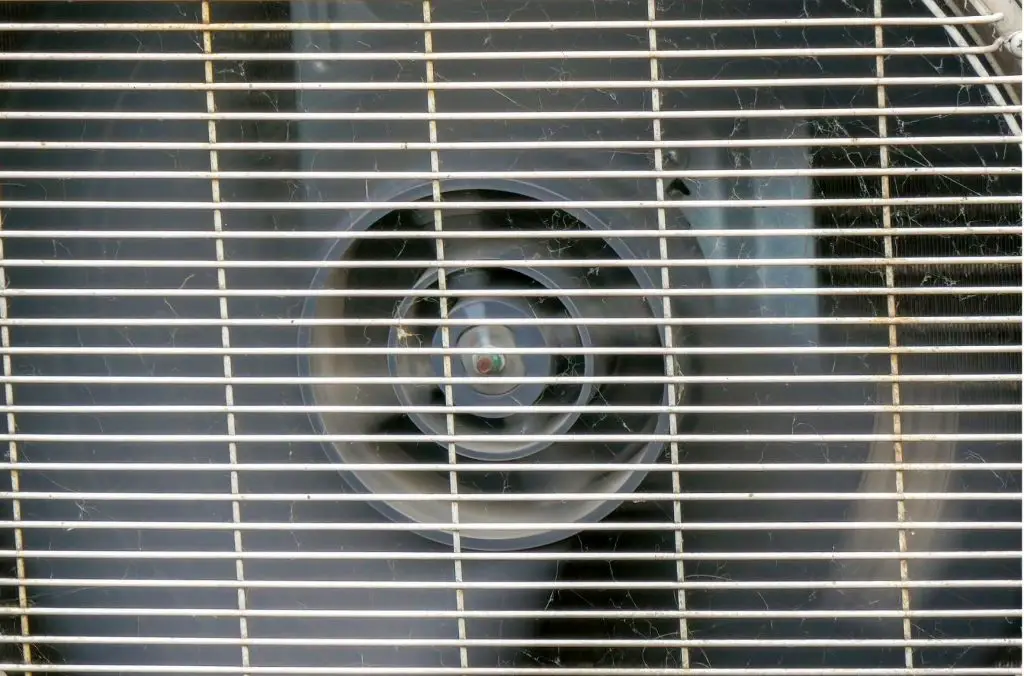
Dehumidifier vs exhaust fan
Most people have exhaust fans in their bathrooms so that the moisture left in the air by the shower and bath can be expelled out of the house so but it does not have a chance to promote mold in the drywall and window frames.
But though you typically do fine exhaust fans in the bathroom and the kitchen, they are really not found too much in other areas of the house.
Dehumidifiers and fans or exhaust fans are not enemies. Nor do they have to work exclusive of each other.
Using the exhaust fans in the bathroom in the kitchen or a great idea and do a great job. But they do not work for the whole house.
A Dehumidifier can only help an exhaust fan to reduce the humidity in the house. Likewise, exhaust fans can only help with the dehumidifier do its job.
“The main difference is that a dehumidifier can extract and remove the exact amount of humidity that you need it to whereas a fan doesn’t have the capacity to be measured.”
 NineSky Dehumidifier for Bedroom, Bathroom
NineSky Dehumidifier for Bedroom, Bathroom
click here for info
Humidity Control Methods in Different Areas of the Home
| Area of Home | Best Humidity Control Method | Pros | Cons | Recommended Products |
|---|---|---|---|---|
| Bathroom | Exhaust Fan | Directly expels moist air, Quick moisture removal | Limited to localized area | In-built or additional exhaust fans |
| Basement | Dehumidifier | Effective for large spaces, Precise humidity control | Requires regular maintenance, Higher cost | Any large capacity dehumidifier |
| Kitchen | Exhaust Fan | Removes cooking steam and moisture, Helps prevent mold | Not suitable for whole house humidity control | Standard kitchen exhaust systems |
The second way a fan can help a dehumidifier is the use of a high-powered air mover fan. An air mover is a fan created especially for drying and is usually used on construction sites as a means of speeding up the time it takes for paint to dry and blowing away the fumes left behind by the paint.
An air mover is not generally a piece of machinery that you’ll want to use in your home unless you plan on removing everything from the walls and putting everything away that can be blown away.
Recap
A fan and a dehumidifier can both help reduce humidity in the air but the difference is, it is the job of a dehumidifier to remove humidity from the air and it does so according to how it is programmed.
A Fan on the other hand, even though it does have some drying capacity because oh the natural blowing on something to dry it aspect, does not extract humidity from the air and does not do nearly as good of a job as reducing humidity as a dehumidifier. Nor is it measurable or controllable like a dehumidifier.
One exception is an exhaust fan that is put inside of a bathroom or kitchen for the express purpose of removing moisture created by showering and cooking. Another exception is the use of a commercial air mover, which is a high velocity fan meant that is used to help dry out construction sites as well as remove fumes.
Yet even in these cases it’s not measurable or controllable.
But as a fan, a dehumidifier is only good for blowing hot air on you. Not usually the effect you want from a fan.
FAQ
Q1: What Causes Indoor Humidity?
A1: Indoor humidity can be caused by weather, daily activities like cooking and showering, and structural issues like poor ventilation and insulation.
Q2: How Do Dehumidifiers Work?
A2: Dehumidifiers draw moist air, cool it to condense moisture, then reheat and circulate dry air back into the room.
Q3: What Are the Benefits of Using a Fan for Humidity Control?
A3: Fans reduce humidity by improving air circulation and accelerating moisture evaporation, effective in smaller rooms.
Q4: When Should I Use an Exhaust Fan Instead of a Dehumidifier?
A4: Use an exhaust fan in areas like bathrooms and kitchens where moisture is generated rapidly. A dehumidifier is better for continuous control in larger areas.
Q5: Can I Use Both a Dehumidifier and a Fan Together?
A5: Yes, combining a dehumidifier and a fan can efficiently control humidity, as the fan circulates the dry air throughout the room.
Q6: What Is an Air Mover, and How Does It Differ from Regular Fans?
A6: An air mover is a high-velocity fan used for industrial purposes like drying construction sites, not typically for residential use.
Q7: How Do I Choose the Right Dehumidifier for My Home?
A7: Choose based on area size, humidity level, and features like noise level or energy efficiency. Larger spaces need higher capacity dehumidifiers.
Q8: What Maintenance Does a Dehumidifier Require?
A8: Dehumidifiers need regular tank emptying, filter cleaning, and occasional coil cleaning for optimal performance.
Q9: Are There Energy-Efficient Options for Humidity Control?
A9: Look for Energy Star rated dehumidifiers and fans, and employ natural ventilation to save energy.
Q10: How Can I Naturally Reduce Humidity Without Devices?
A10: Use natural methods like increasing ventilation, moisture-absorbing plants, and fixing leaks for humidity reduction.
See Also: Humidifier vs. Vaporizer



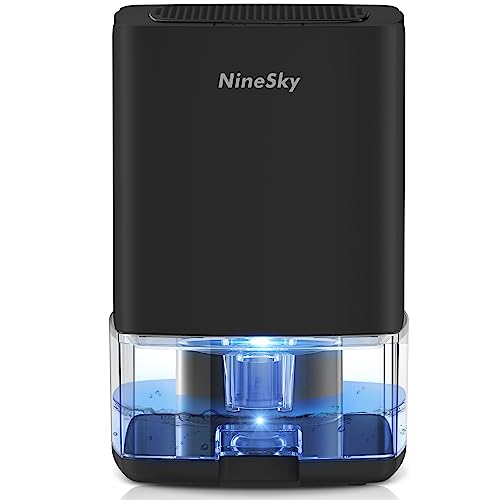

 Ozone and Bed Bugs
Ozone and Bed Bugs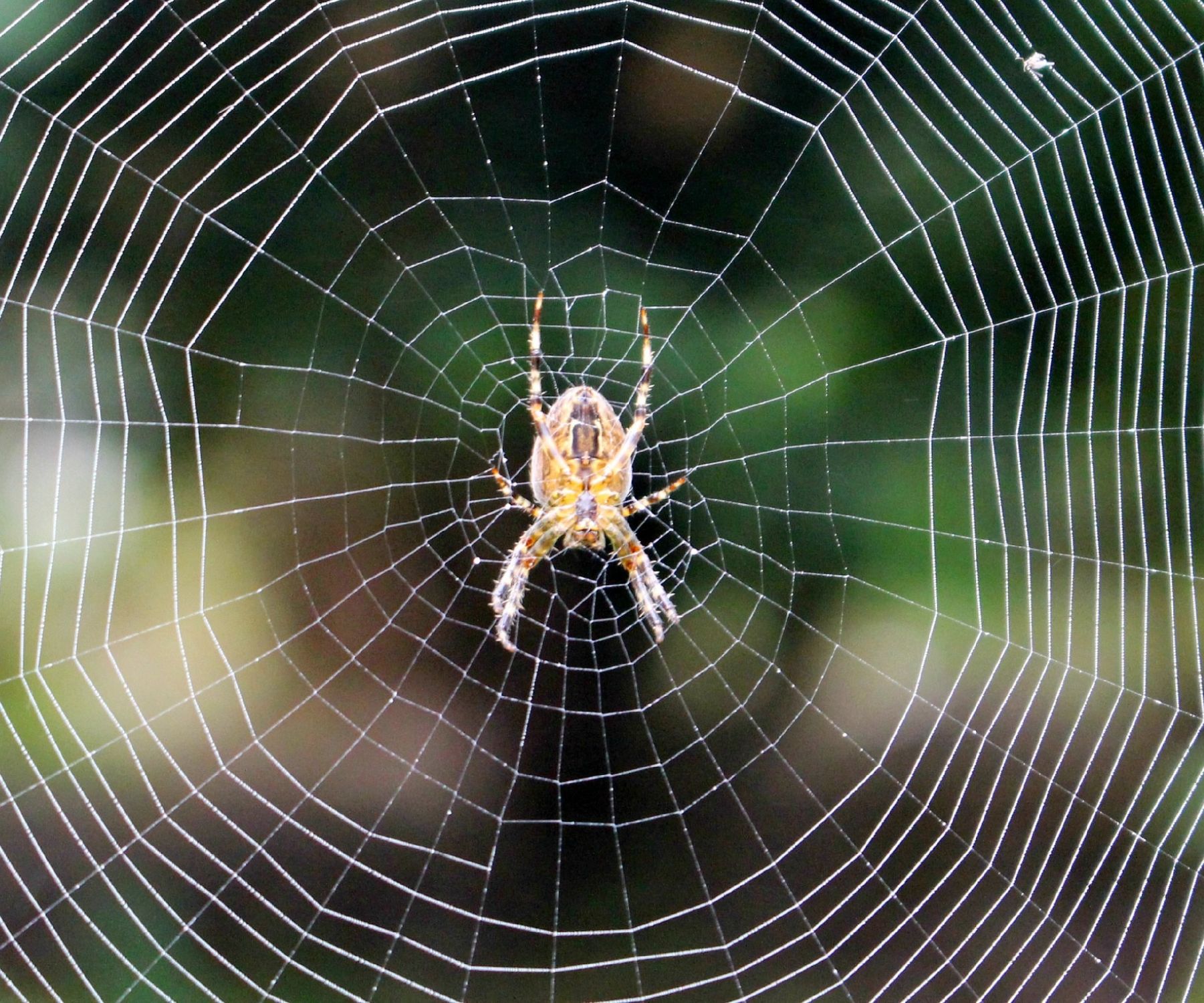 Spiders and Ozone
Spiders and Ozone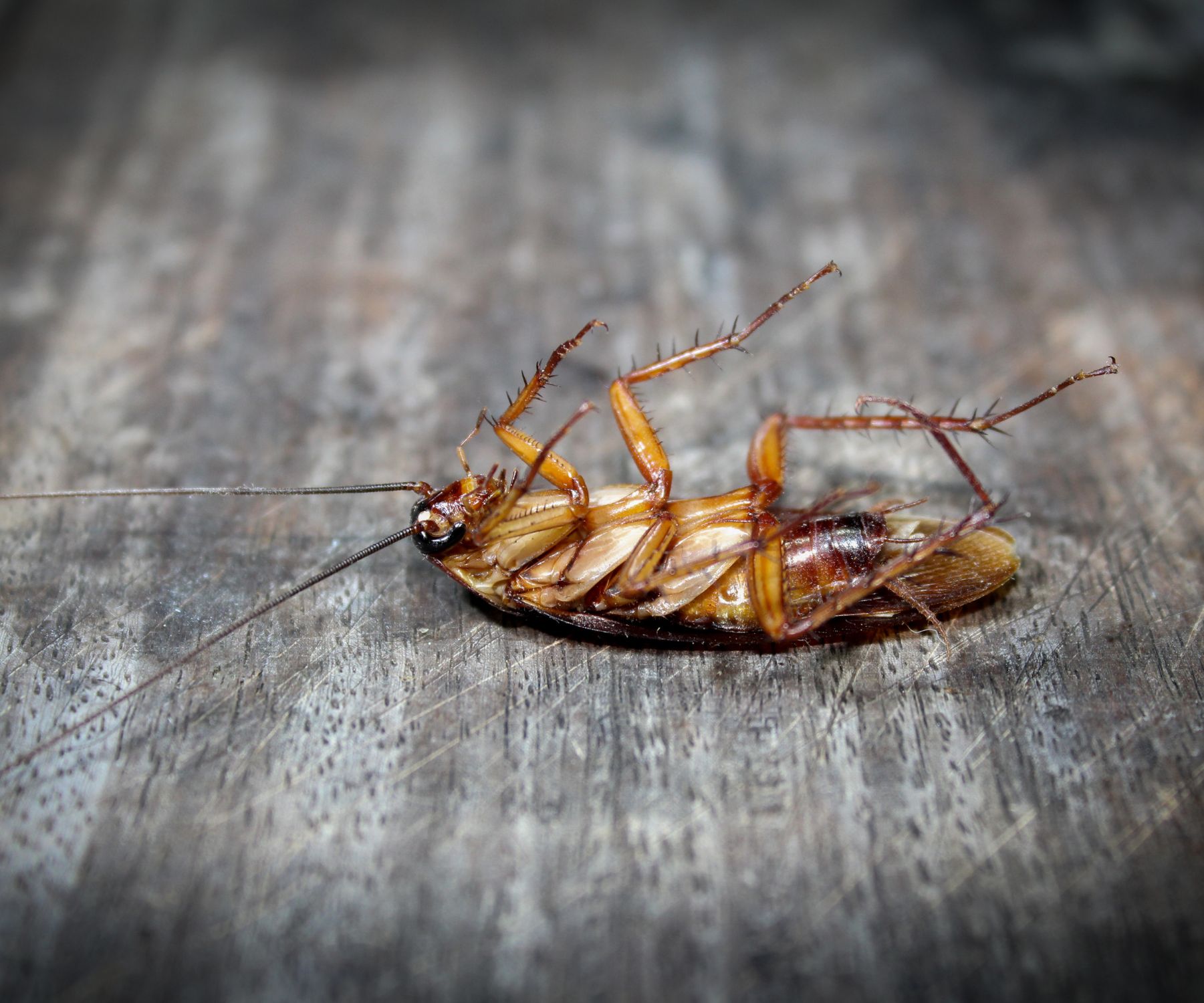 Roaches and Ozone
Roaches and Ozone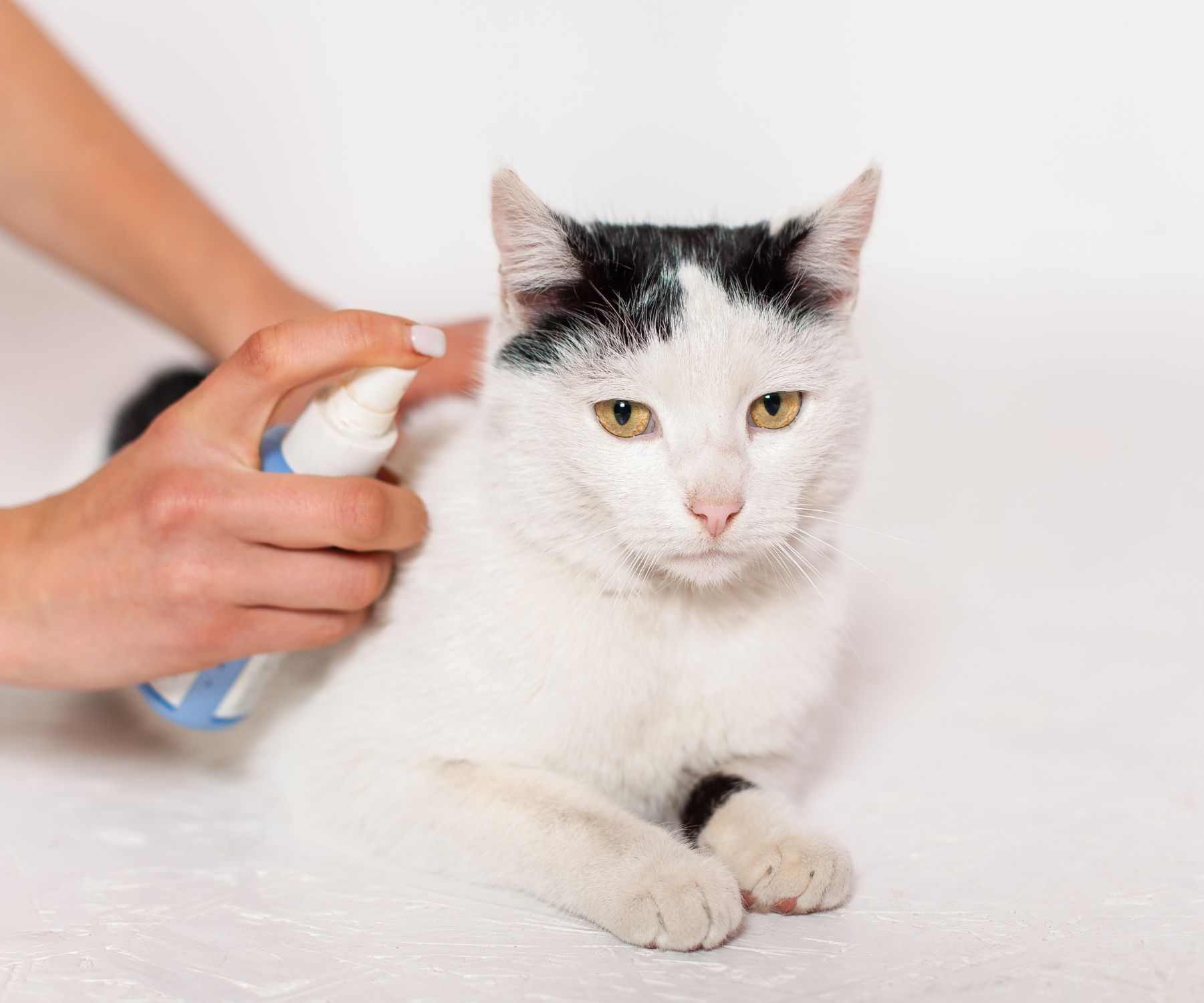 Fleas and Ozone
Fleas and Ozone How To Get The Best Results From A Ozonator?
How To Get The Best Results From A Ozonator?
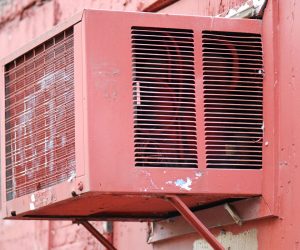 3. Fix the tilt
3. Fix the tilt
 Window Air Conditioner Not Working After Rain
Window Air Conditioner Not Working After Rain Advanced Electrical Checks and When to Call an Electrician
Advanced Electrical Checks and When to Call an Electrician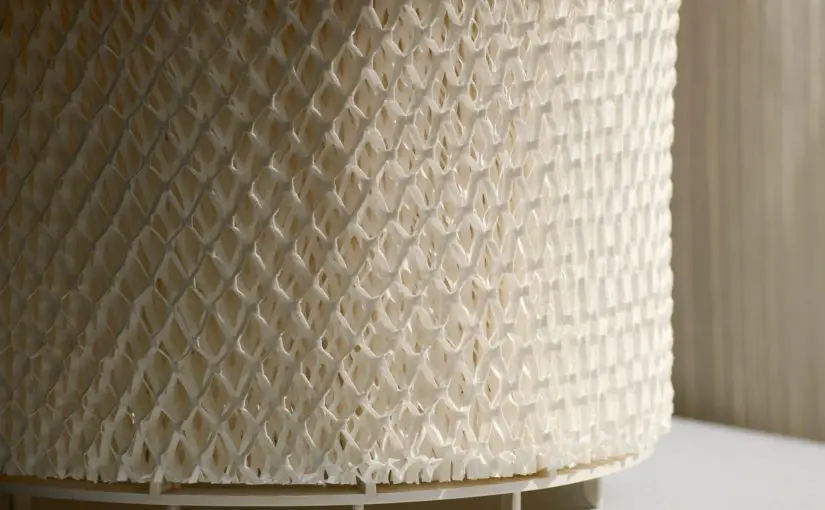
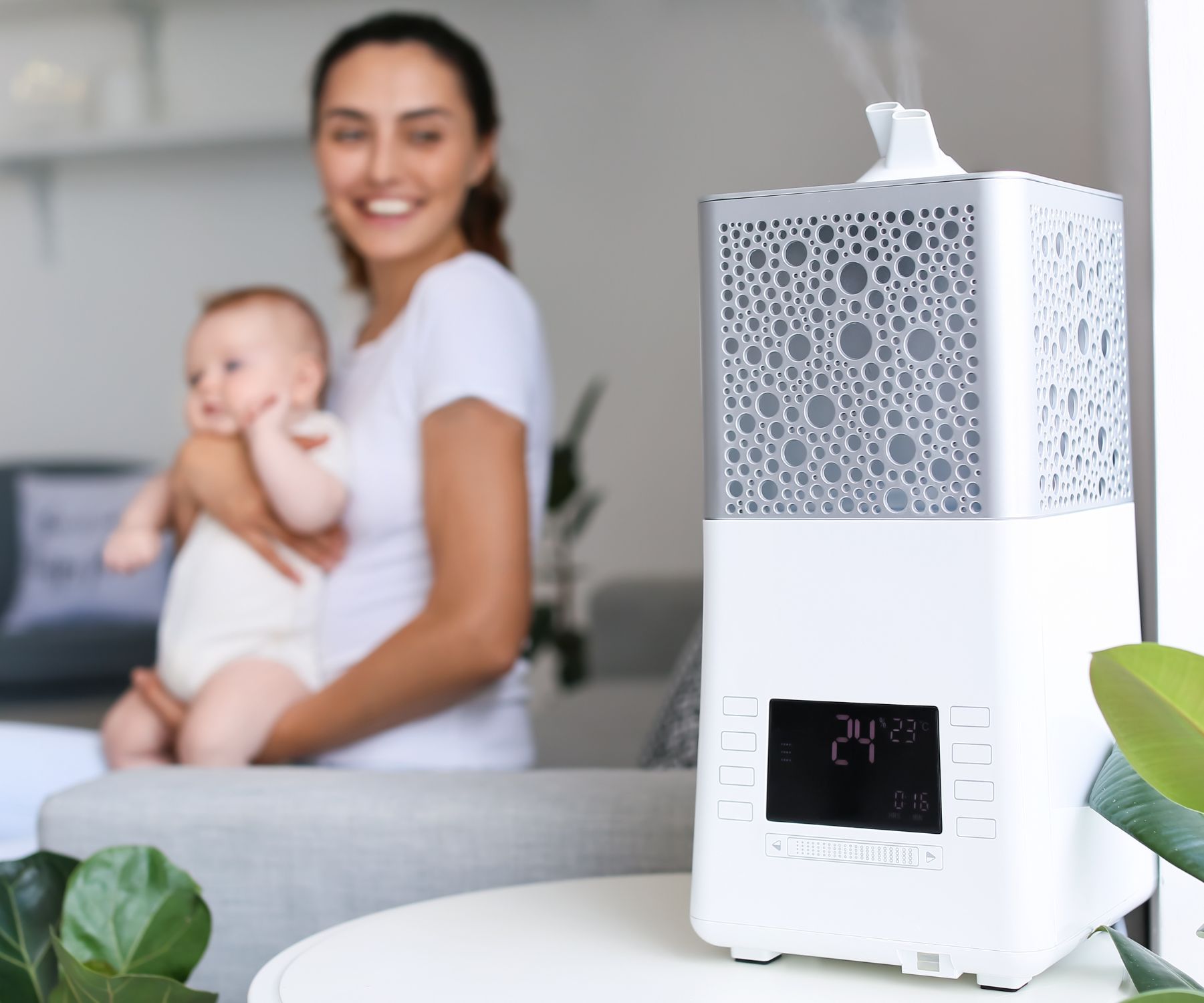 The purpose of a filter on a humidifier is:
The purpose of a filter on a humidifier is: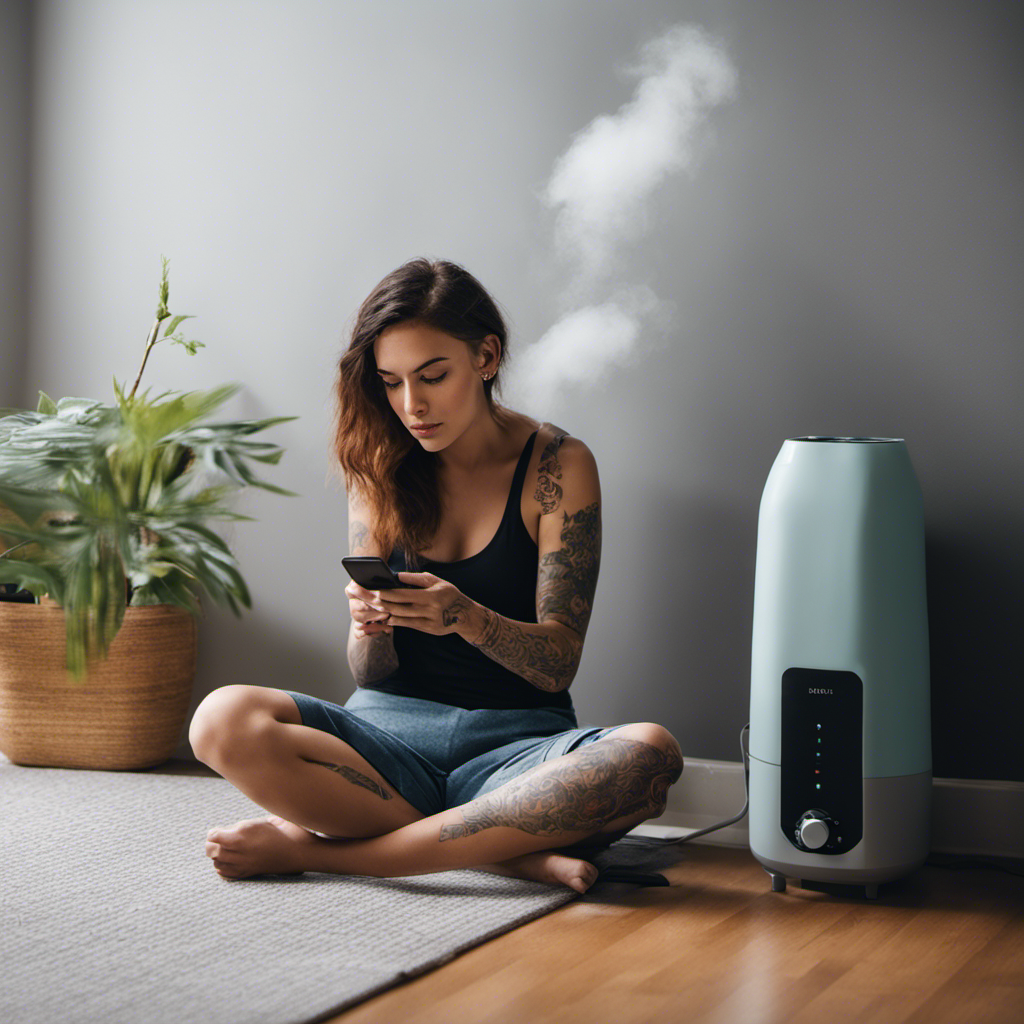 Other Preventative Solutions Besides Filters:
Other Preventative Solutions Besides Filters:

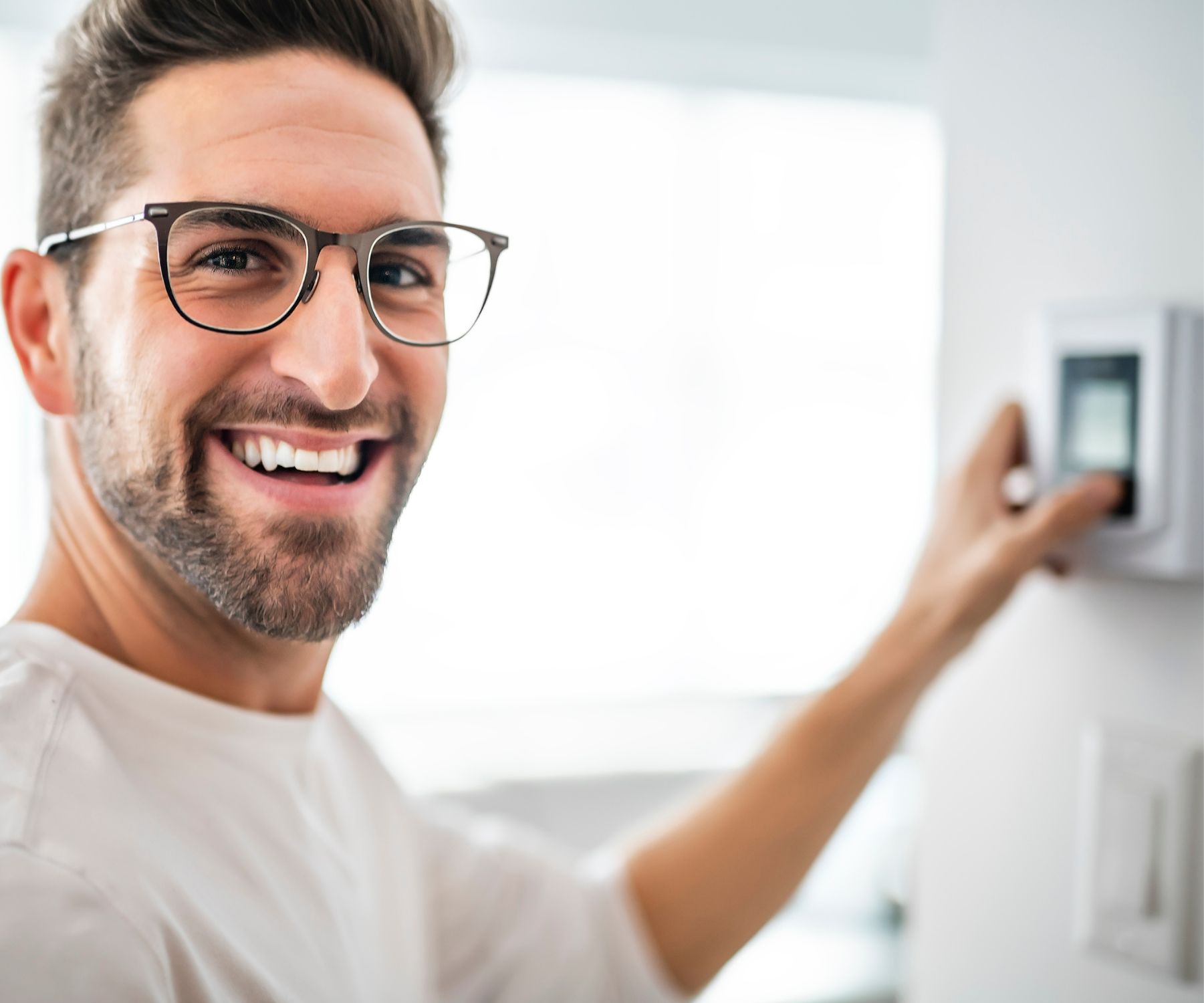
 Modern Smart Thermostats
Modern Smart Thermostats
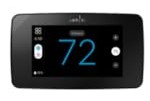
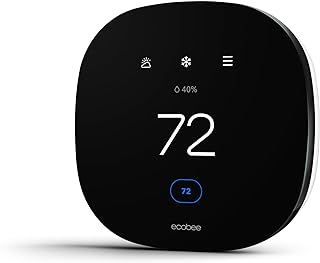
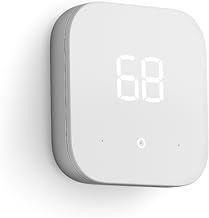

 Hydrogen Peroxide in a humidifier- What is the controversy?
Hydrogen Peroxide in a humidifier- What is the controversy?
 Gargling with hydrogen peroxide
Gargling with hydrogen peroxide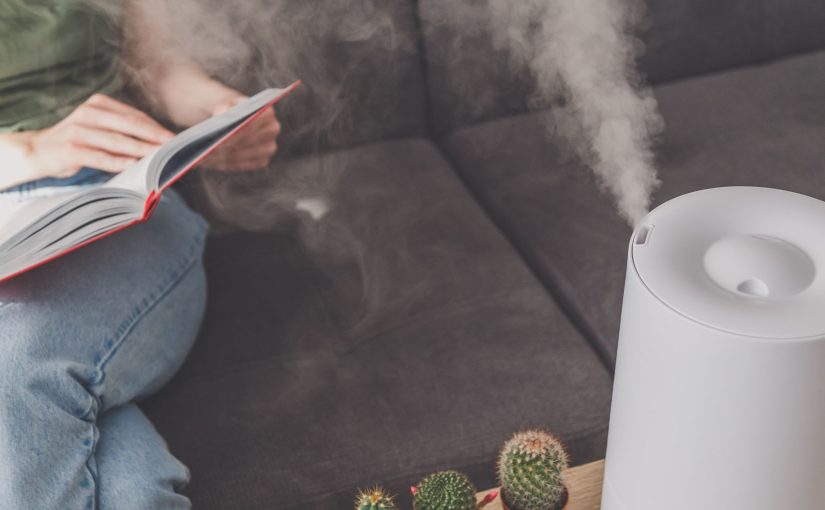



 Inhaling Vinegar Steam
Inhaling Vinegar Steam Inhaling White Vinegar Steam
Inhaling White Vinegar Steam Acidity damage: Vinegar’s acidity can corrode metal parts, causing leaks and shortening the appliance’s lifespan.
Acidity damage: Vinegar’s acidity can corrode metal parts, causing leaks and shortening the appliance’s lifespan. Irritating smell: Even small amounts of vinegar can make the humidified air unpleasant and potentially irritate lungs or eyes, especially for individuals with sensitive airways or asthma.
Irritating smell: Even small amounts of vinegar can make the humidified air unpleasant and potentially irritate lungs or eyes, especially for individuals with sensitive airways or asthma.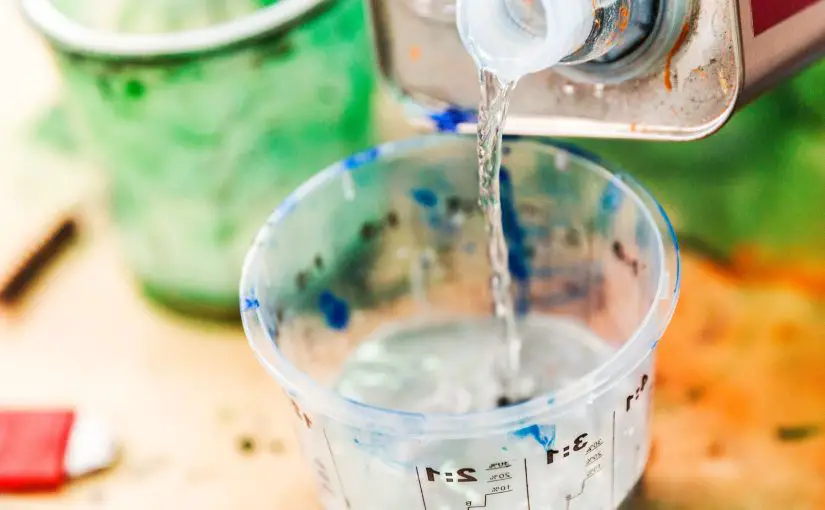
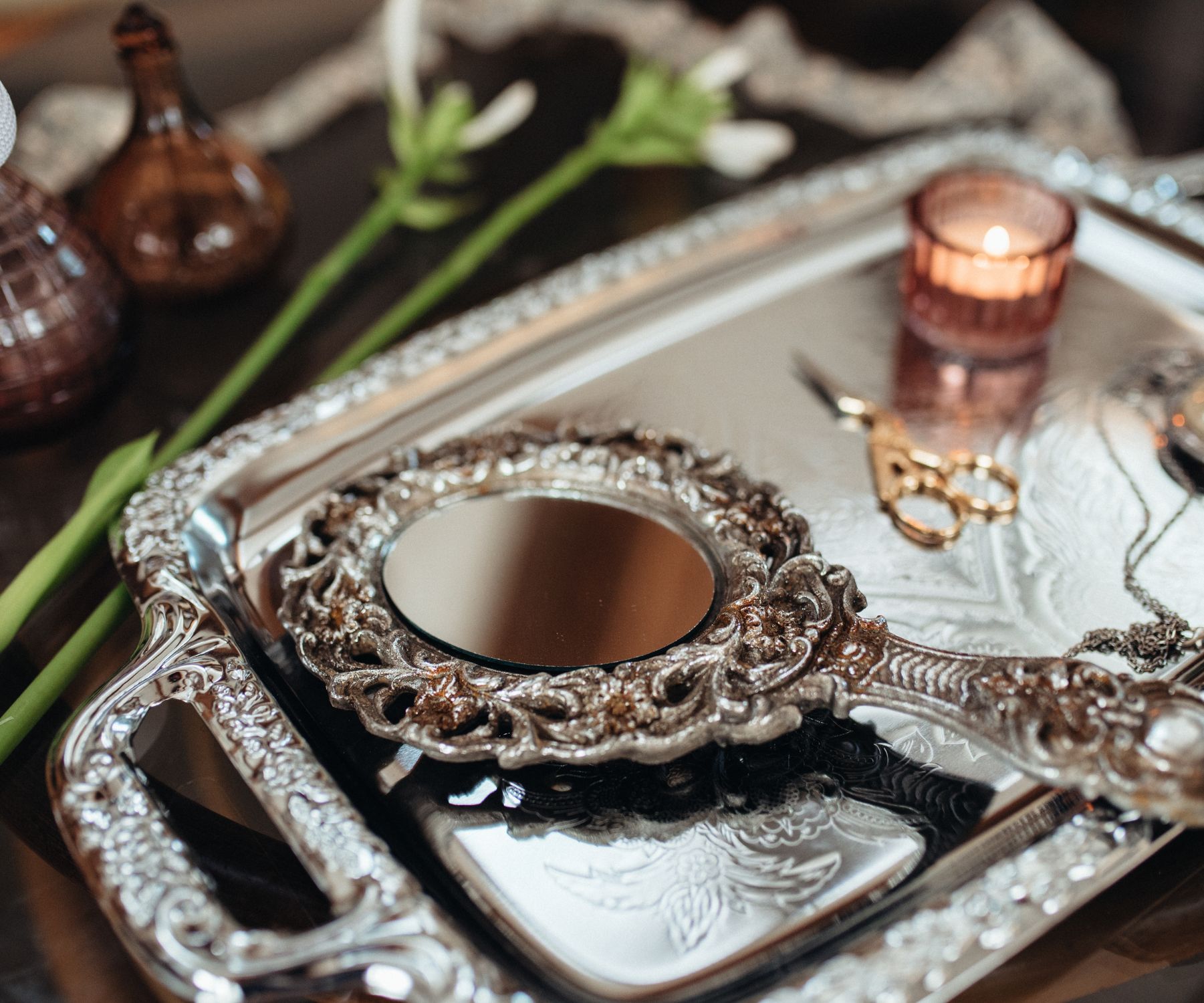 Cleaning glass and Mirrors
Cleaning glass and Mirrors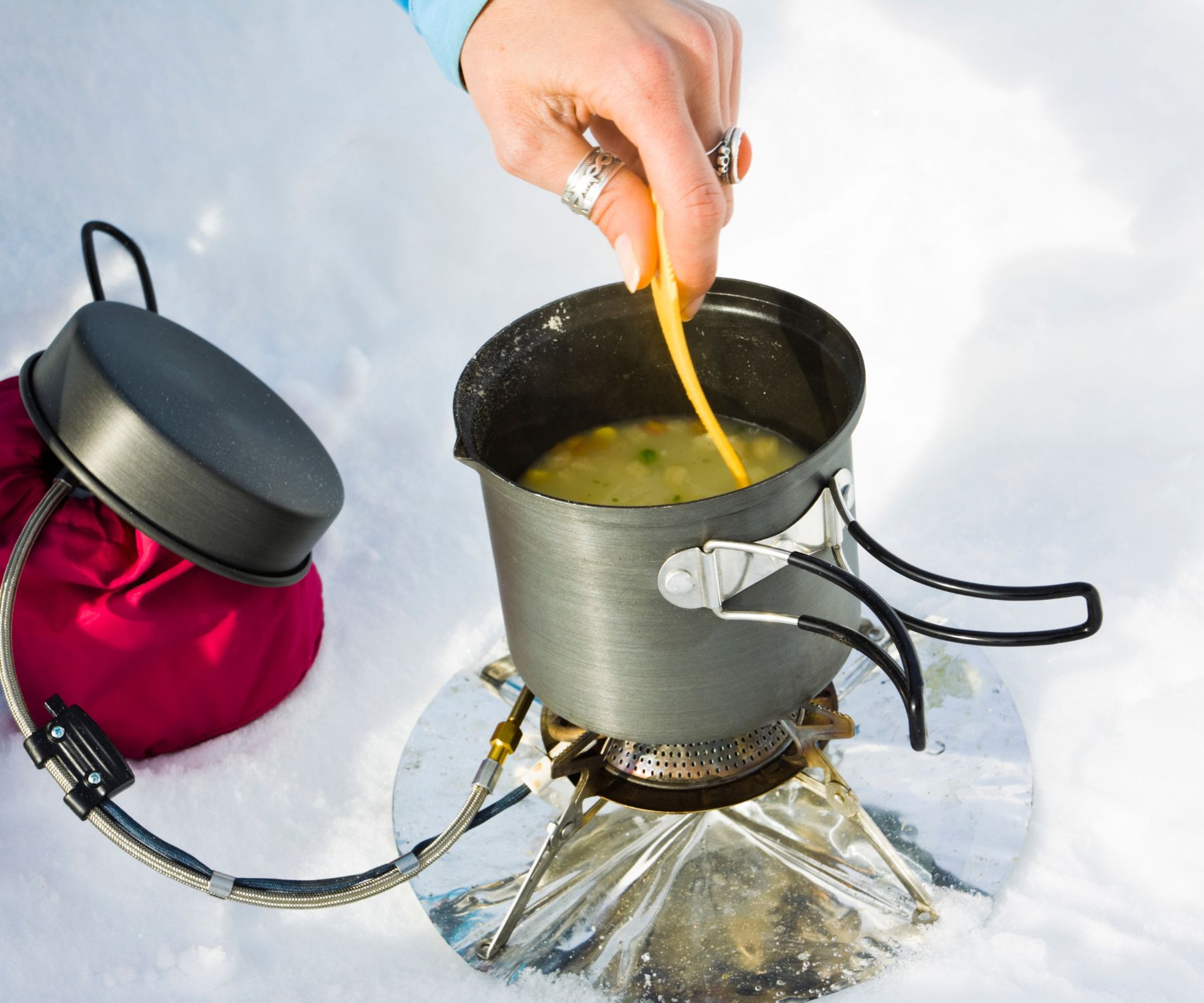 Laminate floors
Laminate floors Will Methylated Spirits Help a Beard Grow?
Will Methylated Spirits Help a Beard Grow? Health and Safety Guidelines for Methylated Spirits
Health and Safety Guidelines for Methylated Spirits
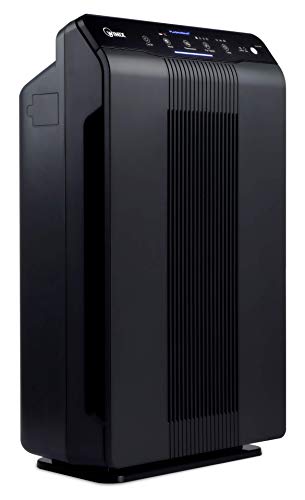


 Summary
Summary